Malformed spores suggest powerful storms drove ozone loss and led to sterilizing UV radiation.
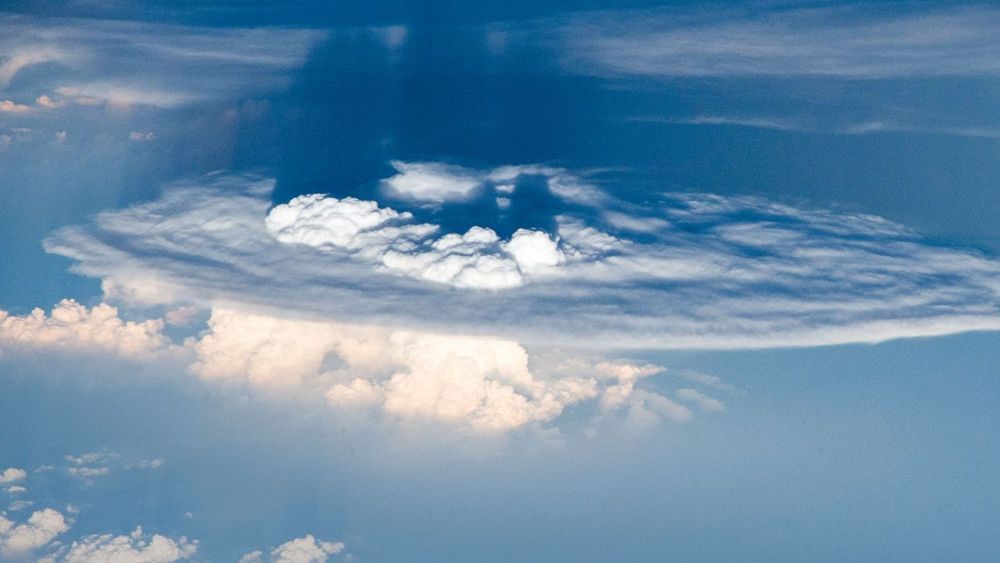


The reality of COVID19 raises a critical question in the mind of Adam Ethan Loeb a young Belgium boy regarding the extinction of the human person. This questions birthed “Adam’s Dream” which for him will help in “Saving Humanity From Extinction”, by “Availing a Multiplanetary Education for the present and Future Generations“
This 12year old boy highly influenced by Elon Musk and Peter H. Diamandis believes that a multiplanetary existence could have prevented the spread of coronavirus.
This young Space Enthusiast believes that since they are the future of tomorrow, well structure Young Space Education System should be availed because the Future is Faster than we think.
In explaining his vision Adam explained, “Adam’s Dream is my vision about the future with regard to preserving our kind and other living things. This idea struck my mind during this novel coronavirus outbreak. As the spread increases day in and day out, I was scared and asked my mum the question, “mum, do you know that living in space could have saved or preserved humanity better”? My reason is, if we become multiplanetary, it will solve the problem of overpopulation and make the human person more creative and resilient.
Thus, in this project, I will be preparing my generation and the ones to come to become multiplanetary Species. We have many Space Advocates; there is no proper attention giving to the younger generation. The future is obscure for my generation, and I want to lead them to light through the help of those who know better in compliance with “Adam’s Dream” rooted in Saving Humanity from Extinction by Availing a Multiplanetary Education for the present and Future Generations. In this, we can have a Sustainable “Kosmic” Environment for Prosperous Living.
Reading the works of Elon Musk gave me the conviction that as a Multiplanetary Activist, I can do this. Elon started thinking about Space at 14 years; I began at 10years. He is no doubt my number one role model followed by Peter H. Diamandis with my effort in understanding the teachings of Sara Seager – Planetary Scientist, K. Radhakrishnan, Carolyn Porco, Jill Tarter, Neil deGrasse Tyson, Liu Yang, Steve Squyres, Louis Allamandola, and David Spergel. I will have a better approach to harnessing the reality of Multiplanetary for my generation on those to come. The reality of Space is faster than you think.”

A truck-sized asteroid has careened past Earth in one of the closest flybys ever recorded – but none of satellites scanning the skies to protect our planet saw the space rock coming.
The previously unseen asteroid, 2020 JJ, whizzed past at a distance of around 7,000 kilometers (4,350 miles) this week. In astronomical terms, that’s an incredibly close shave, and it makes it one of the closest passes of our planet ever recorded.
In a development that might worry those tasked with protecting Earth from being smashed by space objects, the asteroid was only discovered by the Mount Lemmon Survey in Arizona at almost exactly the time it reached its closest point to Earth.
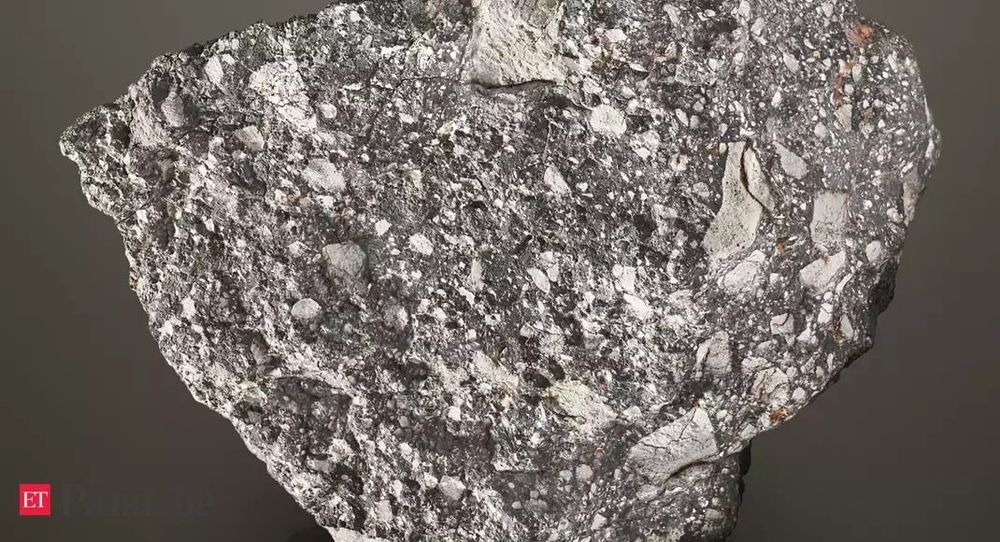
International auction house Christie’s is set to offer one of the largest lunar meteorites in existence for private sale. It is the fifth largest piece of the moon, larger than any moon rock returned by the Apollo programme.
Christie’s presents NWA 12691, a significant lunar rock, among the largest known in existence. Moon rock is among the rarest substances on Earth, with less than 650 kgs of lunar meteorites known to exist. This example is the fifth largest piece of the Moon on Earth, larger than any returned by the Apollo programme. Valued in the region of £2 million, the specimen is available for immediate purchase via Christie’s Private Sales.
Lunar meteorites arrived on Earth after having been blasted off the lunar surface by the collision with an asteroid or comet. All of the Moon’s large craters were created by such impacts. This particular meteorite was part of a large meteorite shower straddling the Western Saharan, Algerian and Mauritanian borders, responsible for nearly half of all known lunar meteorites. Approximately 30 different meteorites were collected, analysed, classified and assigned different NWA numbers in the belief they might be from different events and represent different lunar samples; but it has been determined that they all originate from the same lunar impact event as the current offering. NWA 12691 was found in the Sahara Desert two years ago.

Have you heard about an asteroid close-approach happening on April 29? Asteroid 1998 OR2 poses no threat to our planet, but we can still learn a lot by studying it. Don’t miss a special Planetary Defense episode of NASA Science Live on Monday, April 27 at 3:00 p.m. EDT to learn how we find, track and monitor asteroids and near-Earth Objects.
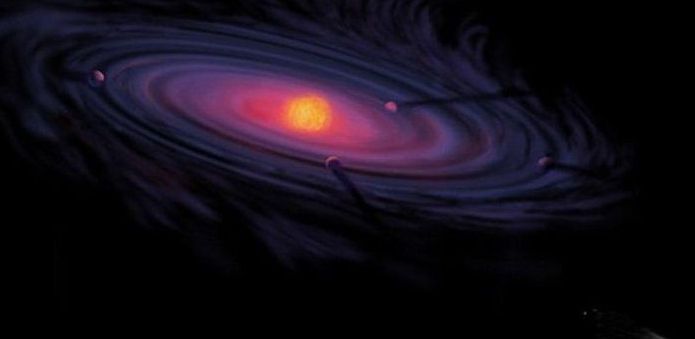
The Solar System has been here for a long time. So, when ’Oumuamua was spotted in 2017, it was almost a dead cert it wasn’t the only object from interstellar space to visit us over that 4.57 billion-year history. Then comet 2I/Borisov showed up last year. That basically clinched it.
But where are the rest of our interstellar visitors? We’ll probably find a few more flying in from the wilds in the coming years. And, according to new research, a whole bunch of interstellar asteroids have been hanging out right here in the Solar System for a very long time.
Based on how they move around the Sun, a team of researchers has identified 19 asteroids they think were captured from another star, way back when the Solar System was just a few million years old.
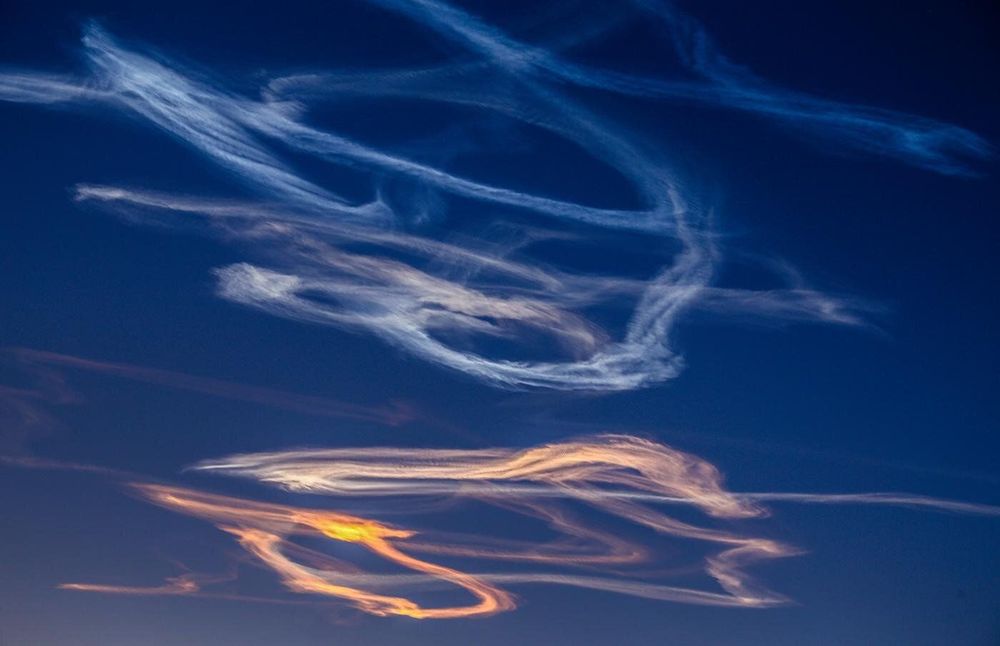
The Dishchii’bikoh meteorite fall in the White Mountain Apache reservation in central Arizona has given scientists a big clue to finding out where so-called LL chondrites call home. They report their results in the April 14 issue of Meteoritics and Planetary Science.
“LL chondrites are fairly common meteorites with low-oxidized and low metallic (LL) iron content,” said Peter Jenniskens, the lead author and meteor astronomer with the SETI Institute and NASA Ames Research Center. “We want to know where they originated because the damaging Chelyabinsk airburst of February 15, 2013 in Russia, was caused by a particularly large 20-meter sized LL chondrite.”
LL chondrites originate from somewhere in the asteroid belt between Mars and Jupiter, where a parent body broke up and created a family of asteroids long ago. Occasional collisions with those family members eject rocks into orbit around the Sun. When these small asteroids collide with Earth’s atmosphere, they cause a bright meteor from which pieces survive sometimes and fall on the ground as meteorites.
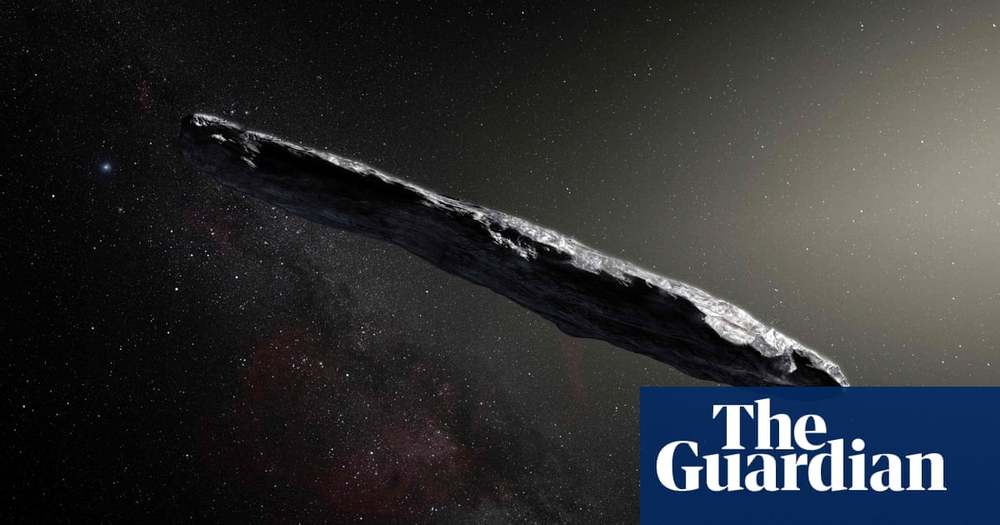
The cigar-shaped interstellar visitor to our solar system known as ‘Oumuamua could be the remnants of a larger body that was torn apart by its host star, according to researchers.
The dark, reddish object that hurtled into our solar system in 2017 and was named after the Hawaiian word for messenger or scout has long puzzled scientists.
Among its peculiarities is the lack of an envelope of gas and dust that comets typically give off as they heat up. Further work by experts suggested the body was accelerated by the loss of water vapour and other gases – as seen with comets but not asteroids. The upshot was that ‘Oumuamua was labelled a “comet in disguise”.
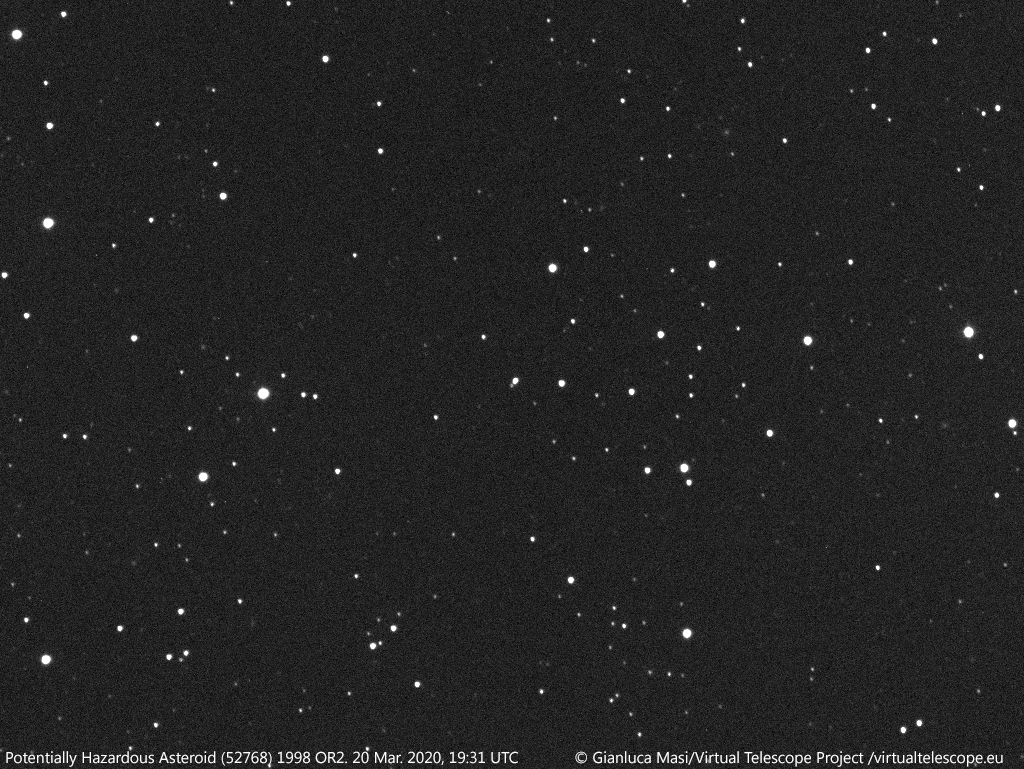
The huge “potentially hazardous” asteroid 1998 OR2 is just a few weeks away from its close encounter with Earth, and you can watch the giant space rock’s approach online or with a small telescope.
While asteroid 1998 OR2 is large enough to wreak havoc on Earth if it were to strike our planet, it won’t come anywhere near a collision when it flies by on April 29.

Didymos, a 2,650-foot-wide asteroid, has an atypical cosmic companion— a 535 foot-wide satellite named Didymoon (10). These new two celestial bodies are not making a dangerous rendezvous with Earth, but they do provide an interesting opportunity for an apocalyptic dress rehearsal. NASA and ESA’s Double Asteroid Redirection Test (DART) will head to Didymos, to knock Didymoon off course. Along with its six picture-snapping Italian Space Agency cubesats, the mission will also send a follow-up ESA spacecraft named Hera to definitively answer if we can manipulate the trajectory of Earth-bound asteroids.